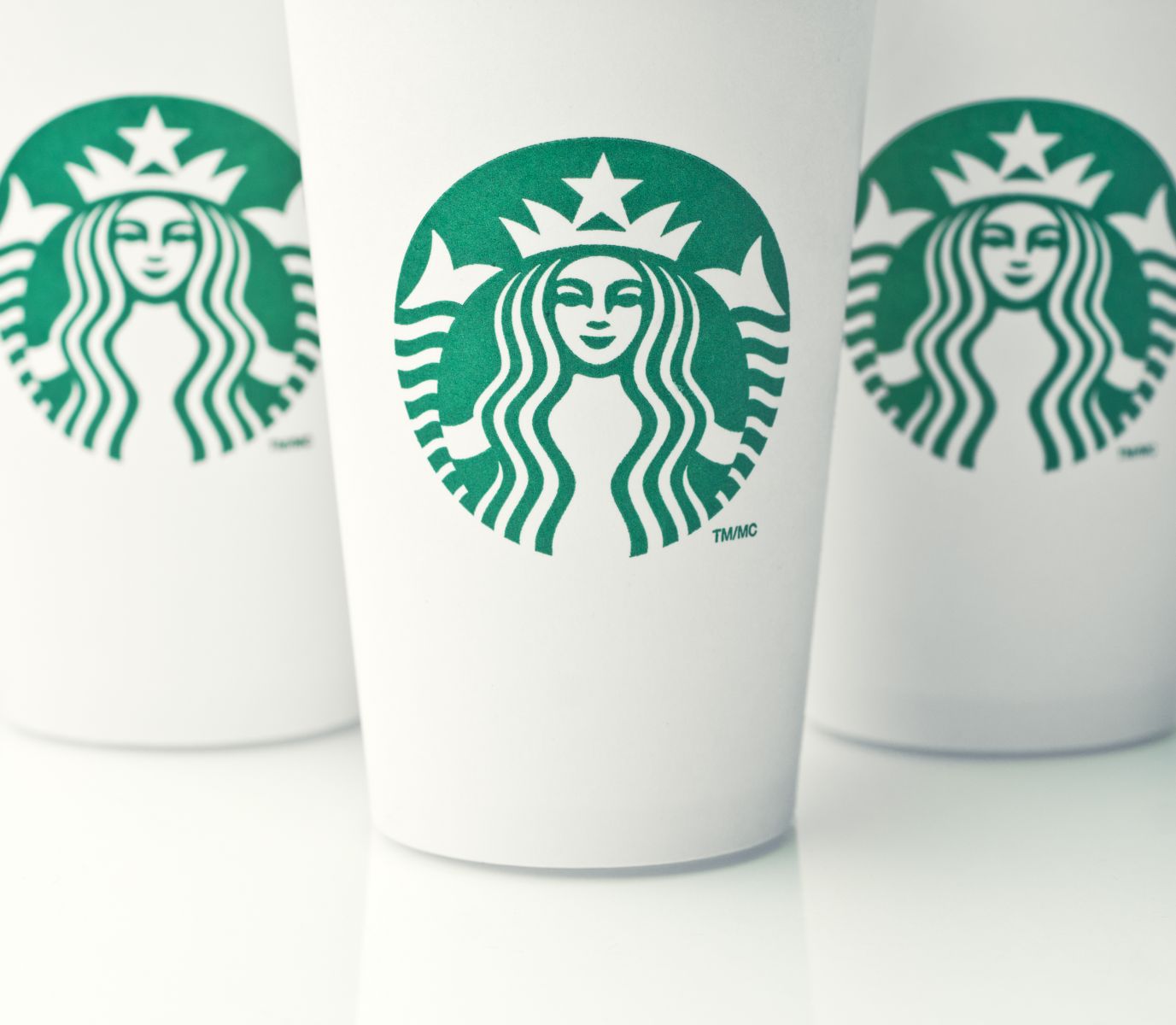
Since Brian Niccol assumed the role of CEO at Starbucks in September 2024, the company has embarked on a series of strategic initiatives aimed at revitalizing its brand and enhancing customer experience. Niccol, renowned for his leadership at Chipotle (CMG) and Yum Brands (YUM) — the parent company of Pizza Hut and Taco Bell — brings a wealth of experience in transforming fast-food chains.
Under his tenure, Chipotle stock climbed over 900% in roughly six years. Now, investors and insiders alike are hoping he can replicate that success at Starbucks (SBUX). Prior to the Covid-19 pandemic, Starbucks was consistently growing and expanding. But since then, the company’s stock has remained stagnant, currently up only about 48% in the past 5 years.
Revamping the Customer Experience
One of Niccol’s primary objectives has been to reestablish Starbucks as a community-centric coffeehouse. To achieve this, several changes have been implemented:
- In-Store Experience Enhancements: The introduction of ceramic mugs and comfortable seating options aims to encourage customers to “sit and stay,” fostering a more inviting atmosphere.
- Menu Simplification: In an effort to streamline operations and focus on core offerings, Starbucks has reduced its menu by 30%. This move allows for better quality control and aligns with customer preferences for simplicity and speed.
- Speed of Service Improvements: Addressing concerns over wait times, Niccol has set a goal to deliver orders in under four minutes. Enhanced training and staffing adjustments are part of this strategy to boost operational efficiency.
Beyond customer-facing enhancements, several operational adjustments have been made:
- Condiment Bar Reintroduction: The return of self-serve condiment bars allows customers to personalize their beverages, improving satisfaction and reducing service time.
- Mobile Orders Modification: The Starbucks mobile app no longer has a number of modifications. Customers can no longer add a splash of milk or lemonade to their drinks, among other changes.
- Bathroom Access Policy: A new code of conduct requires customers to make a purchase to access store bathrooms, aiming to enhance the in-store environment.
Financial Performance and Future Outlook
These strategic initiatives have begun to yield promising results. Over the past six months, the stock has remained relatively flat, up only about 2% during that time. But that’s largely due to a substantial decline in several major brands across the entire stock market.
Axios reported late last week the impact of Niccol’s actions. Starbucks is currently seeing a 300% increase in “the number of customers who choose ceramic mugs and glasses to sit and stay in cafes.” Meaning, according to these early numbers, customers are opting to stay in their stores longer and the goal of their ceramic cup program is a respectable success.
Why does this matter? The cost of coffee to Starbucks is pennies. In 2011, Starbucks reported they paid, on average, $2.38 per pound of coffee. And while the price of coffee is still charging towards all-time highs, it’s up only about 22% from its previous 2011 highs. Even assuming a conservative 12 cups of coffee per pound, Starbucks pays less than a quarter in today’s prices.
This means regardless of how many cups each person drinks, Starbucks is making money on the sale. But the longer people stick around, the more likely they are to make additional purchases and associate Starbucks with a positive brand image. This sets Starbucks up nicely to transition customers from once-per-day coffee drinkers into upsell opportunities for food or additional drinks while they’re in-store for longer periods of time. Ultimately, the value of each customer that walks in the door could skyrocket.
Brian Niccol’s tenure as CEO marks a significant shift toward customer-centric strategies and operational efficiency at Starbucks. By focusing on enhancing the in-store experience, simplifying the menu, and improving service speed, Starbucks aims to reclaim its position as a beloved community coffeehouse. In recent years, Starbucks moved away from many of the policies customers loved most about their stores. Niccol’s initiative — dubbed “Back to Starbucks”— aims to bring back more of the things people love about the brand while focusing less on incremental profitability.
The Starbucks name has become increasingly embattled in recent years, from employee protests to claims of going too “woke.” Coupled with years of cutting customer conveniences for the sake of increased profitability, this has created a customer experience many no longer recognize, resulting in an overall lack of investor confidence.
As these changes continue to unfold, both customers and investors appear to be responding favorably, setting a positive trajectory for the company’s future.







